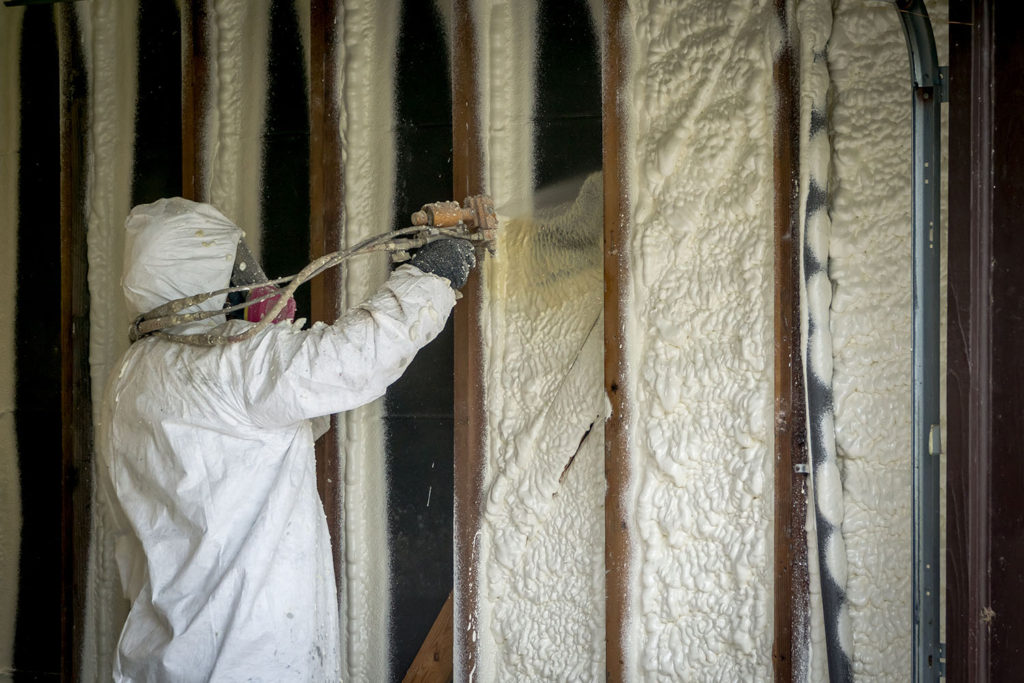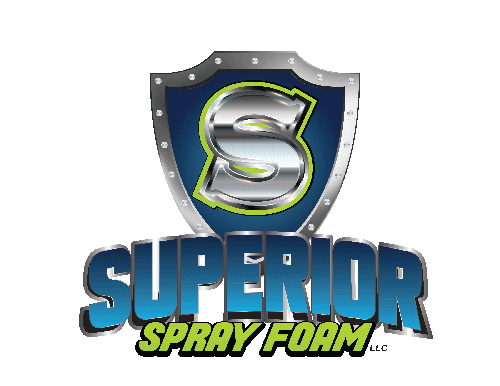Building Codes Require High R-Values in Attics

Fibrous insulations such as fiberglass are susceptible to air movement thru the material and when you have a large temperature difference between one side of the insulation compared to the other you end up with convection air currents. What are convection air currents? We all know that warm air rises and cold air sinks. When you have a ceiling of a house that is at 70 deg. and an attic at -20 deg. the cold air can sink thru the fiberglass insulation until it touches the warm sheetrock ceiling where it warms up and rises thru the fiberglass taking your heat with it. This process is even more accelerated by such things as recessed light fixtures which are mini-chimneys. By increasing the thickness of the fiberglass insulation they can slow down this air movement but they cannot eliminate it due to the light loose nature of the material. Building code is not looking so much for R-value as they are looking for thickness. Oak Ridge National Labs did some testing on fiberglass insulation and convection currents (the test can be found on our General Information page) and found that fiberglass insulation loses 50% of its R-value as the temperature difference increases.
Spray foam insulation, due to its airtight cellular structure, does not suffer from convection currents like fiberglass insulation does. It can maintain its R-value much longer over a larger temperature difference than other insulations. So why don’t we use only spray foam in attics? Cost and return on investment. From the charts, we can see that an R-14 to an R-19 of foam stops 94-95 % of our heat loss. This is the best value for the money and by putting a blow in insulation on top of the foam we can comply with building code requirements. It does not make sense to double the price of the insulation for only a 2% better return!
